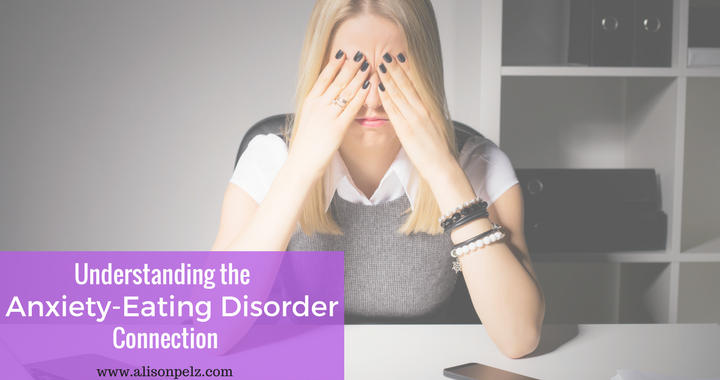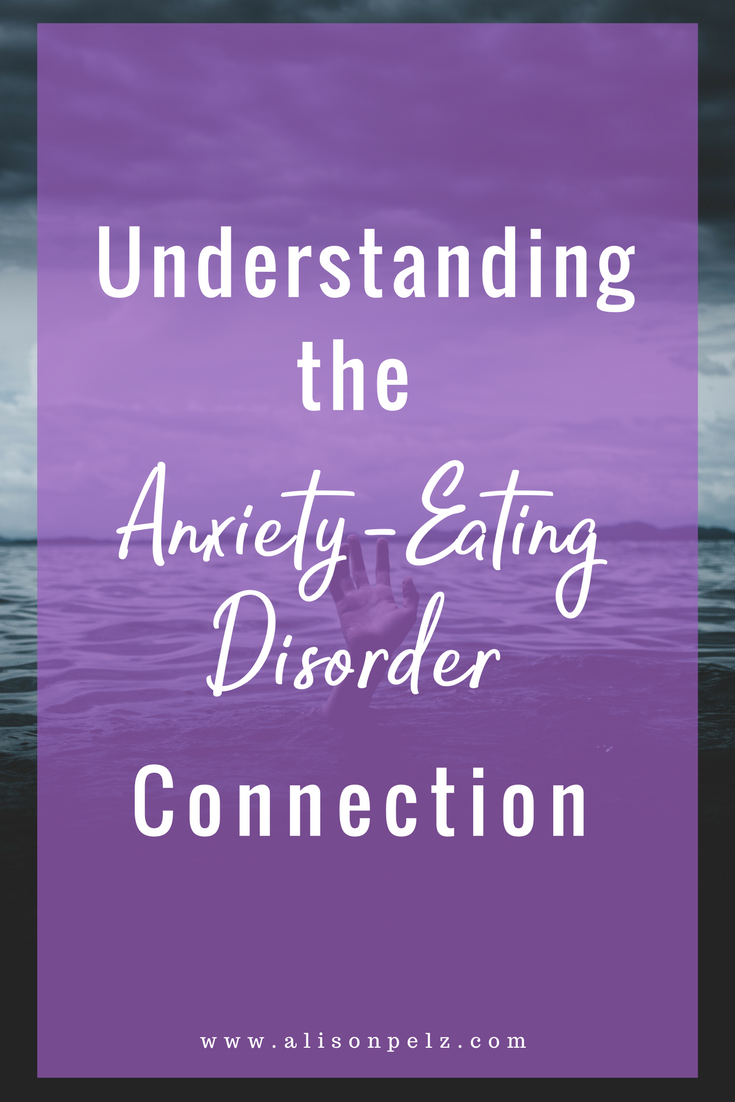Types of anxiety
Anxiety disorders are one of the most common types of mental health disorders in the U.S. They affect up to 18% of the U.S. Population. There are several different kinds of anxiety disorders including panic disorder, social anxiety disorder, specific phobias, obsessive-compulsive disorder (OCD), posttraumatic stress disorder (PTSD) and generalized anxiety disorder. In this post, Generalized Anxiety Disorder (GAD) will be discussed. GAD affects approximately 3.1% of the population. Women are more likely to experience GAD than men.
What is Generalized Anxiety Disorder?
We all experience worry from time to time. It is normal to feel anxious before a test, a job interview or other big events. Normally, after the event, like a first date for example, the worry disappears. Generalized anxiety disorder is different. It consists of persistent & pervasive worry. It affects most aspects of life including occupation or school, relationships, sleep patterns, etc.
Adults with anxiety, experience persistent & general feelings of dread, distress, and agitation with no apparent cause. The sufferer struggles, on a regular basis, with making decisions, falling asleep and concentrating. Furthermore, the physical symptoms of anxiety include muscle tension, restlessness, fatigue, nausea, diarrhea & irritable bowel syndrome and headaches.
Anxiety is sneaky. The worry can feel normal. In other words, often times people don’t realize that they are feeling more worried than others until it is pointed out to them. Anxiety is exhausting. Your mind is flooded with worries most of the time. It can erode your self-esteem and confidence.
The Anxiety and Eating Disorder Connection
Studies have shown up to 65% of people with eating disorders also have an anxiety disorder (generalized anxiety, obsessive-compulsive disorder & social anxiety). In most cases, the anxiety disorder is a pre-cursor to the eating disorder. Often, the eating disorder is used to help manage the anxiety disorder. It makes sense right? Trying to control weight, food and exercise has the illusion that one can thwart off worries. The eating disorder gives the suffer something to focus on instead of the worries (although the worry remains).
What to do if you think you have anxiety:
-
- First off, have hope. Anxiety disorders are highly treatable.
- Seek professional treatment. Just like eating disorders, anxiety disorders, usually don’t go away on their own.
- Seek treatment for both the anxiety and the eating disorder. Both can be treated at the same time.
- There are lots of effective talk therapies such as cognitive-behavioral therapy to reduce symptoms of anxiety. In some cases, medications can help, too. In conjunction with these treatments, mindfulness & meditation, are also used.
Do you think you have anxiety and live in the Austin area? Please contact me for a free phone consultation at (512) 293-5770.


